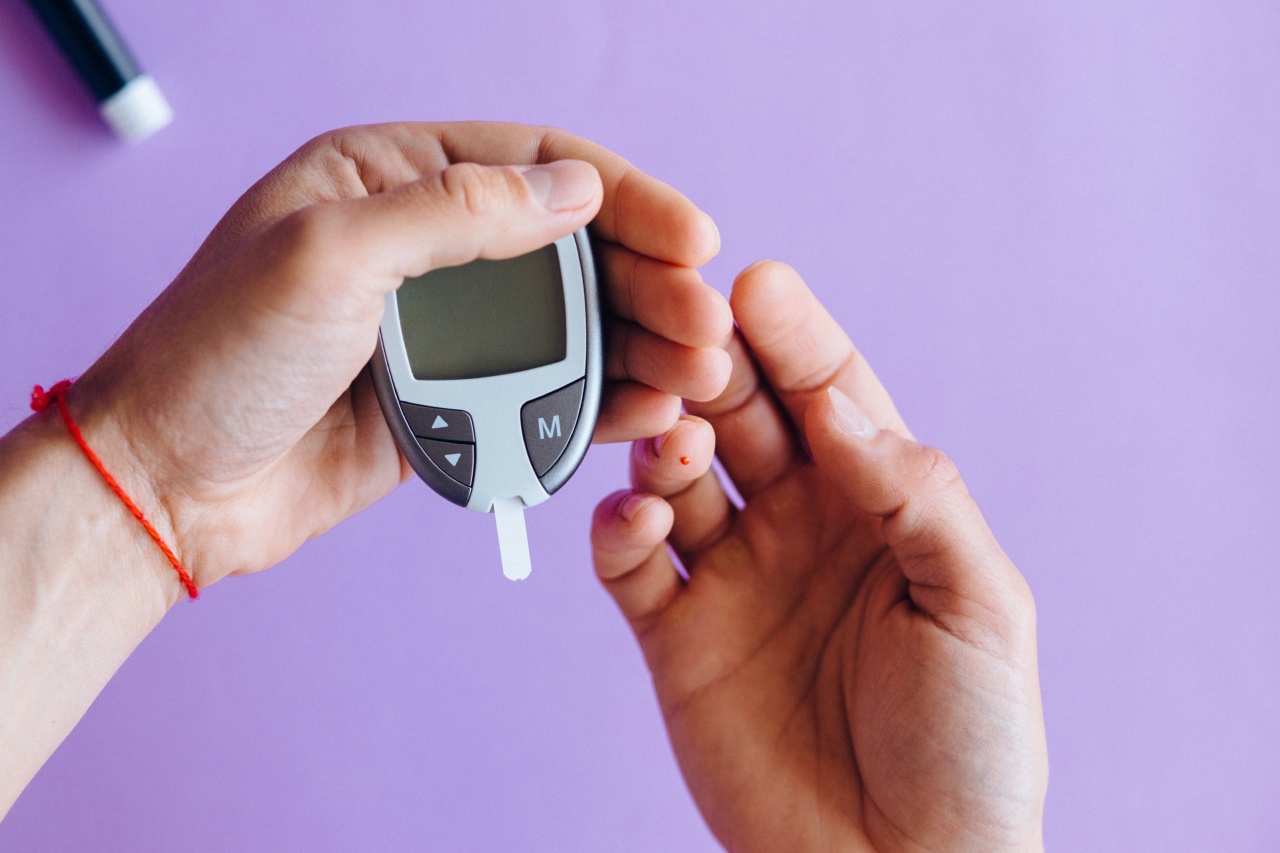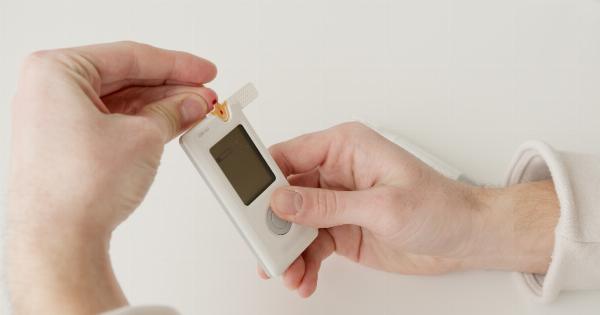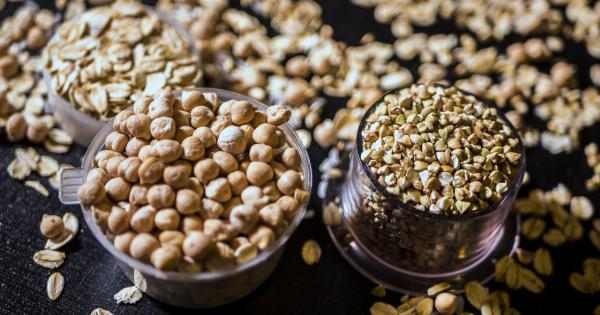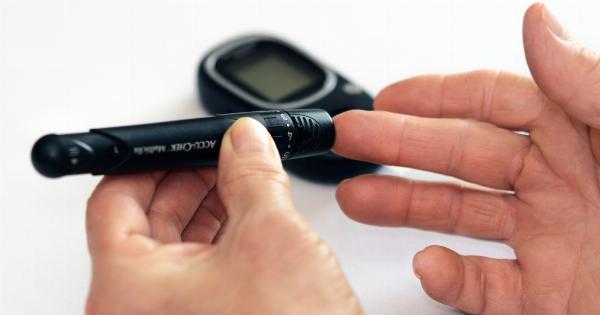Diabetes is a chronic condition that affects millions of people worldwide. It occurs when the body is unable to properly regulate blood sugar levels, leading to a buildup of glucose in the bloodstream.
Managing diabetes is crucial to prevent complications and maintain overall health. One key tool in managing diabetes is monitoring fasting blood sugar levels.
Understanding Fasting Blood Sugar
Fasting blood sugar refers to the blood glucose level measured after a period of fasting, typically overnight. It is an important indicator of how well the body is able to regulate blood sugar levels in the absence of food.
A normal fasting blood sugar level ranges between 70 to 100 milligrams per deciliter (mg/dL). However, diabetic individuals often have elevated fasting blood sugar levels.
The Role of Fasting Blood Sugar in Diabetes Management
Fasting blood sugar levels play a critical role in diabetes management. By monitoring these levels regularly, individuals with diabetes can gain valuable insights into their condition and make necessary adjustments to their treatment plan.
Here are some key reasons why fasting blood sugar control is important:.
1. Assessing Overall Glycemic Control
Fasting blood sugar levels provide insights into the effectiveness of diabetes management efforts.
Consistently elevated fasting blood sugar levels indicate poor glycemic control, signaling a need for adjusted treatment plans or lifestyle modifications to better regulate blood sugar levels.
2. Identifying Dawn Phenomenon and Somogyi Effect
The dawn phenomenon and Somogyi effect are two phenomena that can significantly impact fasting blood sugar levels. The dawn phenomenon refers to an early morning rise in blood sugar levels due to hormonal changes in the body.
On the other hand, the Somogyi effect occurs when blood sugar levels drop too low during the night and result in a rebound high blood sugar in the morning. Monitoring fasting blood sugar helps identify these patterns and guides appropriate interventions.
3. Adjusting Medications and Insulin Dosages
Fasting blood sugar levels help healthcare providers determine the effectiveness of the current treatment plan and make necessary adjustments.
If fasting blood sugar levels consistently remain high, healthcare providers may recommend adjustments to medication or insulin dosages to achieve better control.
4. Preventing Complications
Persistent high fasting blood sugar levels increase the risk of complications associated with diabetes, including heart disease, kidney damage, nerve damage, and vision problems.
By maintaining optimal fasting blood sugar control, individuals with diabetes can reduce the risk of these complications and lead a healthier life.
Tips for Controlling Fasting Blood Sugar Levels
Controlling fasting blood sugar levels involves a combination of medication, lifestyle changes, and dietary modifications. Here are some tips to help manage fasting blood sugar levels:.
1. Take Medication as Prescribed
If you are on medication for diabetes, ensure that you take it as prescribed by your healthcare provider. Consistency in taking prescribed medication is crucial for maintaining fasting blood sugar control.
2. Follow a Balanced Diet
Eating a balanced diet is essential for managing fasting blood sugar levels. Focus on consuming whole grains, lean proteins, fruits, vegetables, and healthy fats.
Avoid sugary drinks, processed foods, and excessive carbohydrates that can spike blood sugar levels.
3. Monitor Carbohydrate Intake
Carbohydrates have the most significant impact on blood sugar levels. Monitoring carbohydrate intake and distributing it evenly throughout meals can help regulate blood sugar levels.
Consider consulting with a dietitian for personalized advice on carbohydrate counting and meal planning.
4. Engage in Regular Physical Activity
Regular exercise can improve insulin sensitivity and help regulate blood sugar levels. Aim for at least 150 minutes of moderate-intensity aerobic activity per week, along with strength training exercises.
5. Get Sufficient Sleep
Poor sleep can adversely affect blood sugar levels. Aim for 7 to 9 hours of uninterrupted sleep each night to support optimal fasting blood sugar control.
6. Manage Stress Levels
Chronic stress can lead to elevated blood sugar levels. Find healthy ways to manage stress, such as practicing relaxation techniques, engaging in hobbies, or seeking support from loved ones.
7. Regularly Monitor Fasting Blood Sugar
Consistently monitoring fasting blood sugar levels is crucial for assessing glycemic control and making necessary adjustments to your diabetes management plan.
Use a blood glucose meter and keep a record of your measurements to share with your healthcare provider.
Conclusion
Fasting blood sugar control plays a vital role in managing diabetes and preventing complications.
By monitoring fasting blood sugar levels, individuals with diabetes can gain valuable insights into their condition, make necessary adjustments to their treatment plan, and maintain overall health. With the combination of medication, lifestyle modifications, and regular monitoring, it is possible to effectively control fasting blood sugar levels and lead a fulfilling life with diabetes.






























